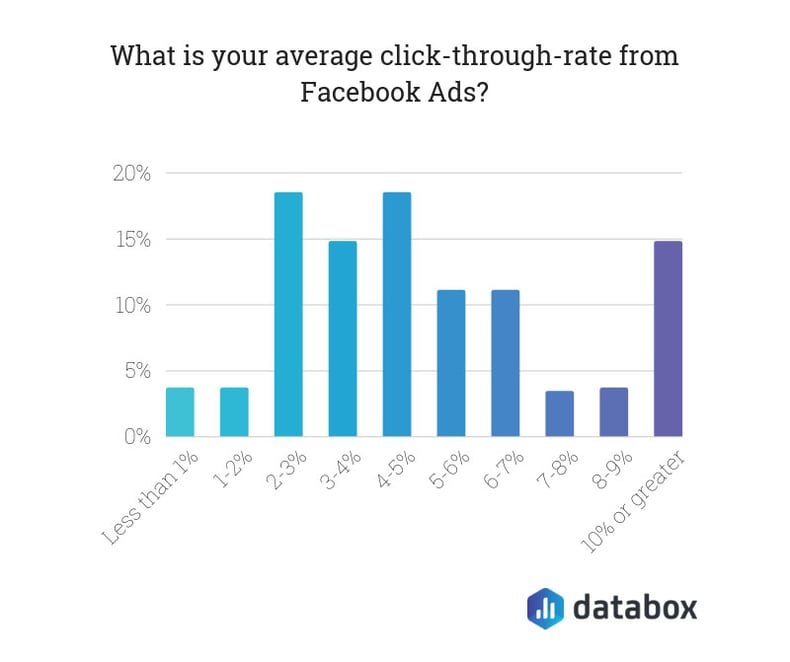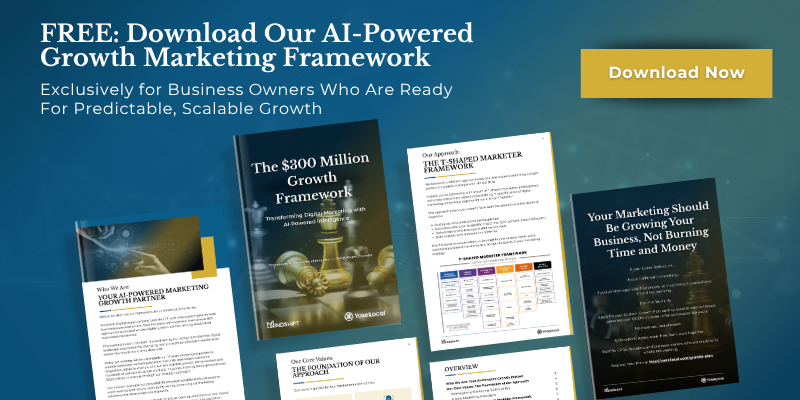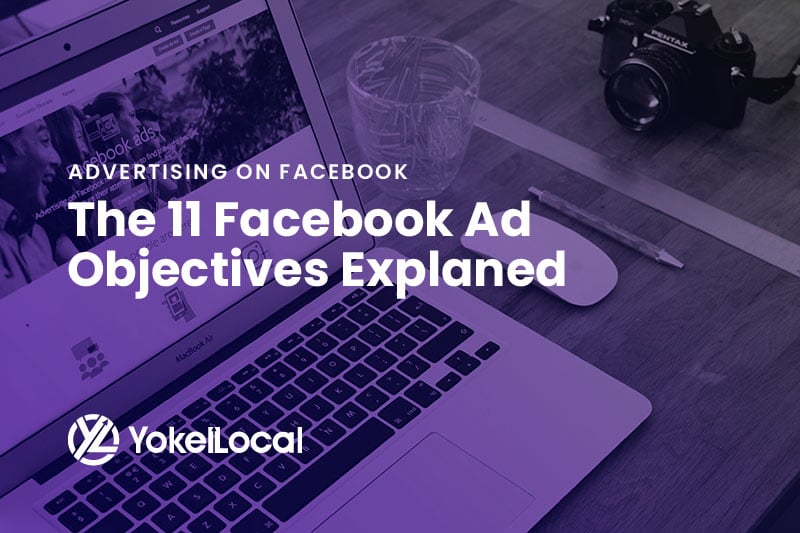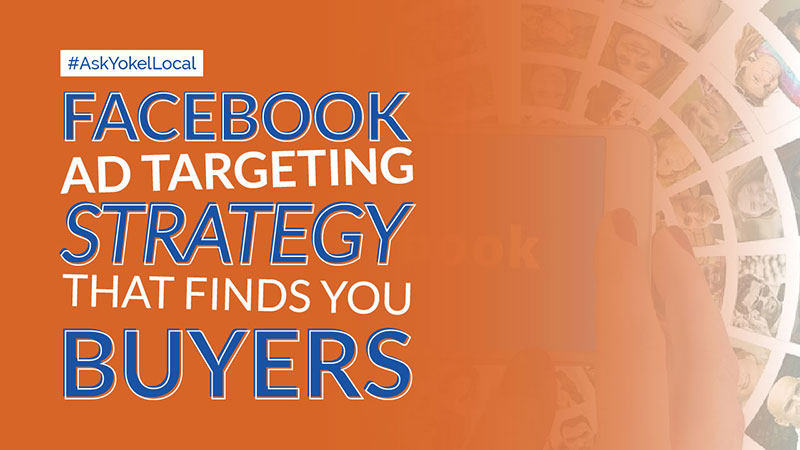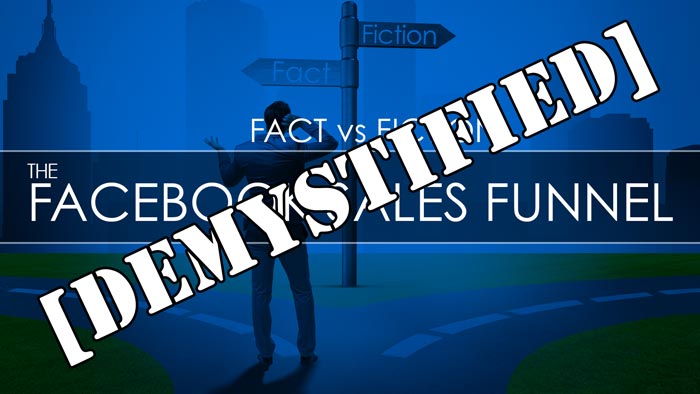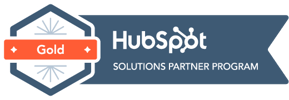In the last decade, online advertising has reached a new level as social media platforms continue to burgeon. Businesses are increasingly being challenged to adapt and adopt news ways of advertising, such as using social media platforms like Facebook Advertising. Yet, even Facebook Advertising can feel overwhelming as the site offers multiple ways on how to advertise to a target audience. How do you know which Facebook advertising objective fits your goal?
What are Facebook Advertising Objectives?
In essence, Facebook divides advertising into three, broad objectives: awareness, consideration, and decision (sometimes also known as conversion.) While all the objectives will help to boost awareness about your business, each objective also differs in its purpose, depth, and approach to achieve this endeavor.
- Awareness aims to generate interest in the business, product, or service. It tells people why your business or product is valuable. It’s not looking to sell products, increase traffic to a website, or get potential clients to engage (like, share, or reblog) the ad. It is used simply to display information that tells others about you and your offerings.
- Consideration goes a step further than awareness. It is used to not only to inform clients about your business or product, but also offer additional avenues to seek more info, such as via a podcast, video channel, or app. Its goal is to encourage clients to engage with and think about the business.
- Decision (or conversion) aims to take the client through the whole journey of the business. It seeks to tell clients about the business and its value, give that client a website or platform to read or find more info, and hopefully lead that client to purchase, register, or download a product or service.
Selecting Your Facebook Ad Objectives & Settings
What objective would help your business depends on your overall goal.
One way to decide on that goal is to ask: “what do we want people to do when they see the ad?”
Think about where in the sales funnel your audience is and shape your message to guide them to the next step. It’s important to note that your advertising goal may change over time as your business grows and your target audience expands or changes. However, once you select your Facebook Advertising Objective, it’s easier to establish a campaign objective to accomplish that goal.
Average Click-through Rates for Facebook Ads
The effectiveness of your ad can be measured by its click-through rate (CTR). A CTR is the measurement of users who click on your ad to the number of times users saw your ad (also called impressions).
Databox recently surveyed more than 30 marketers and discovered their Facebook ad CTRs were between 2-5%. This is higher than the average CTR across all industries of about 1% and can be attributed to greater optimization of the ads the marketers ran.
By optimizing your ads, you can get a higher CTR for your next campaign.
The 11 Facebook Campaign Objectives and When to Use Them
Campaign objectives can be defined as the approaches to achieving your overall goal. If your goal is to boost awareness versus leading to a decision or conversion, you would rely on different capacities and approaches to making that goal possible.
Facebook Advertising offers eleven campaign objectives:
- Brand awareness
- Reach
- Traffic
- Engagement
- App installs
- Video views
- Lead generation
- Messages
- Conversions
- Product catalogue sales
- Store visits
Each one of these campaigns fall under one of the three, main advertising objectives.
Awareness Objectives
The goal of awareness objectives is to generate interest in the business. These Facebook Campaign Objectives fall into the Awareness stage:
1) Brand Awareness
The goal of brand awareness is straightforward: introduce your business to new customers and maintain that awareness with your current audience. It’s like providing a snapshot of your business; you’re not trying to sell a product or service, or even engage with an audience. Instead, you’re trying to build that crowd and find your audience.
In this campaign, you may consider factors, such as how to create a brand with a clean presentation that provides a positive impression and equally distinguishes your business. To do this, Facebook Advertising uses Ad Recall Lift, which is a feature that prioritizes your brand into the newsfeeds of users that may see it and be interested.
2) Reach
“Reach” refers to showing your ad to as many people as possible. It’s different than brand awareness. Brand awareness builds awareness via the same people that stumble upon the ad. With Reach, awareness is built by you going out, far and wide, and sharing that ad with anyone in your ideal target audience.
Again, though, the goal here is not to sell a service or product. It’s to build an audience. “Reach” is ideal for any business looking to build a broader audience. Facebook Advertising counts its “Reach” by either the actual number of times it showed the ad to the same people (impressions) or by the number of people who received the ad (reach).
Consideration
The goals of consideration ad objectives is to actively engage with your target audience. These Facebook Campaign Objectives fall into the Consideration stage:
3) Traffic
Traffic aims to increase the number of people that visit your business’s website, blog post, app page, etc. It involves sharing a URL Link on Facebook, which directs the potential audience to another page or program used by the business. It’s a heavily-used approach in Facebook Advertising as it allows businesses to better promote specific events. It also gives clients the ability to request more information or glean better insight into the business.
Since this approach requires multiple pages to work together, it’s important that your ad and potential website page are consistent in their messaging and format. This will keep your audience at ease and ensure that the ad is not rejected on Facebook. Facebook Advertising offers several avenues to increase traffic, which includes connecting your business’s Facebook with a Website, App, Messenger, or WhatsApp link. Facebook also allows you to gauge the success of your traffic by page views, link clicks, impressions, and daily unique reach.
4) Engagement
The goal behind “Engagement” is to get your target audience to interact with your Facebook ad or webpage. On Facebook, this equates to likes, reactions, shares, comments, and event responses. It does not include Facebook messaging. This campaign is convenient to use and gives businesses much more visibility of their current and future audience, as well as the impact of their outreach. This can help to garner more interest in their business as well as provide visual information for businesses looking to show its outreach and success.
5) App Installs
App Installs refers to the number of people who download and install your app. It’s an ideal option for businesses that have an app and want to interact with customers more frequently on mobile. Often, businesses will use traffic and engagement to get more people to the app, and then the “App Installs” tracks the number of people who actually download it.
Facebook Advertising offers several ways to optimize app installs, including initiating App Installs, Retention, Link Clicks, and App Events. Each option caters to how your ad will be delivered to its audience, which tackles both the time frame that the ad appears and the number of people who are likely to click the link to the ad versus those that add that app. The important aspect to remember with “App Installs” is to remind audiences of the benefit or value of downloading the app.
6) Video Views
Video Views aim to share videos of your business, its services, and products with the Facebook audience most likely to watch it. On Facebook, videos are a relatively new feature that is increasingly more popular as they’re easy to use, visually more appealing, and require less effort on the customer to learn about the business. However, it should not be used when you want people to engage with your site or click on a link.
This campaign is an ideal option for businesses looking to do an introduction video or to showcase demonstration or classes. It’s also considered one of the more cost-effective methods to snag engagement. Facebook Advertising offers several ways to optimize the video views experience, which each entail how long the video plays before it counts as a view (2 -15 seconds.) The most important piece of advice regarding video views is to consider the placement of your ads, so that they do not appear in videos that don’t align with your brand.
7) Lead Generation
Lead Generation can be used when you’re looking to collect info or leads from people interested in your business. It’s a campaign tactic that doesn’t force the audience to go to a link or watch a video to learn more. Rather, it lets its target audience to quickly fill-out information right within the ad, using an auto-fill form, and then lets the business reach out to that member later. It’s often used alongside another free offer, such as an online class or book. The advantage to this approach is that it’s easy and quick; you can receive numerous leads in a short amount of time. The downside to this campaign is that it doesn’t provide much opportunity to share information about your business and you may receive misinformation— not every customer keeps their contact information updated. This can skew your feedback and the impact of your outreach as well as response rate post sign-up.
8) Messages
“Messages” involves creating an ad that redirects its audience to a messaging platform, such as WhatsApp or Facebook Messenger. The benefit to this advertising campaign is that it puts you in direct contact with the client, giving you more control over your message, the ability to overcome objections, and make personalized recommendations about services or products to your customers.
Decisions
The goals of decision ad objectives is to encourage your target audience to register, buy or sign up for a product or service. These Facebook Campaign Objectives fall into the decision stage:
9) Conversions
If your business goal is to encourage people to take a specific action, “Conversions” may be the right campaign for you. These actions may include a signing-up for an activity or class, adding items to a cart, purchasing items, buying an online item, downloading an app, etc. Since this campaign relies on offering products or services, it is best used by businesses that are well-established or ready to increase their sales.
Facebook Advertising offers several ways to optimize this campaign, which includes landing page views, link clicks, and value. There are also different ad formats or mediums to host these conversion campaigns, such as image, video, and slideshows.
10) Product Catalogue Sales
Product catalogue sales aims to show products from your online store catalogue to generate sales. Its campaigns show ads from your online store or catalogue as a way to keep your audience engaged, and then allow that customer to click on it to purchase it on-site. These campaign ads are more dynamic than other ads as they involve upselling and cross-selling to potential customers, then tracking that outreach via conversions, link clicks, and impressions.
11) Store Visits
Ads with a high “store visits” campaign focus on promoting your business’s physical location (brick-and-mortar) to the nearby target audience. This is a good option for businesses that are looking to increase the foot traffic in its store or a business that has multiple locations. There are some options to measure the success of this outreach, such as page insights. Despite this, though, this campaign style facilitates offline action, which can be difficult to gauge and track.
Advertising on Facebook
Online advertising can be a tricky task—just when you think you’ve understood something, it’s likely to change. It’s a task that requires a great deal of awareness, flexibility, and patience. Facebook Advertising recognizes this challenge, striving to tackle all the potential ways a business may want to advertise, while remaining an accessible and easy-to-use platform.
Understanding your own business and its advertising objectives will help to mitigate some of these issues, so that your business can get started quickly and easily. Knowing the Facebook campaign that can be employed will also make you successful, helping you to keep your business afloat in both the real and cyber world.


